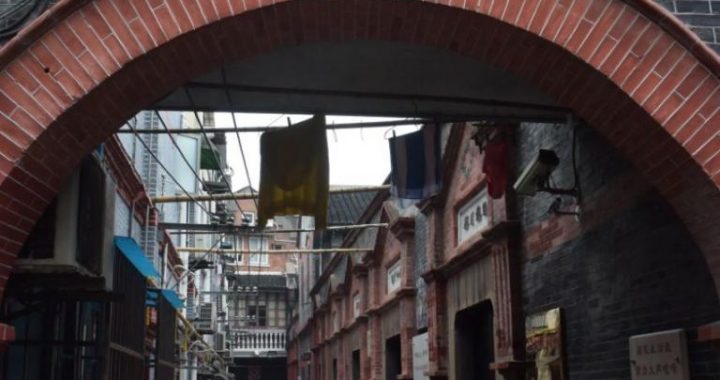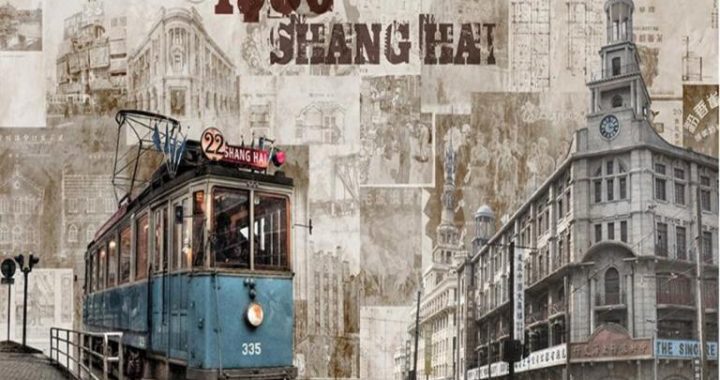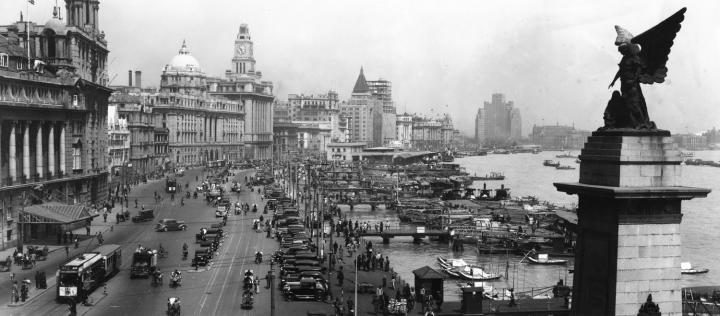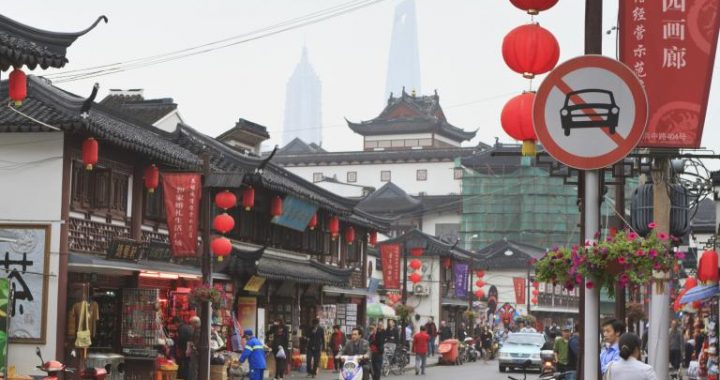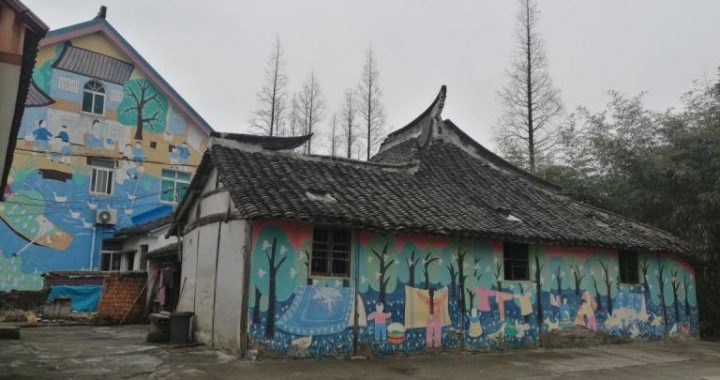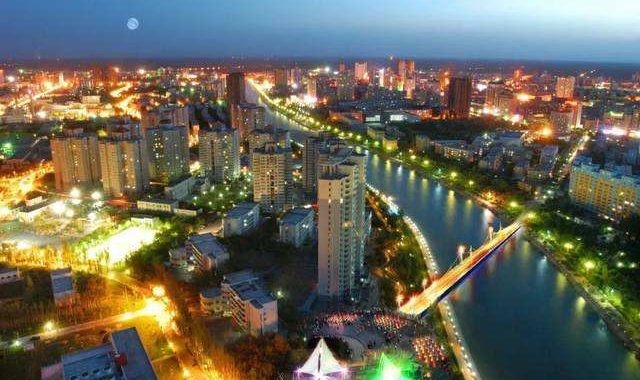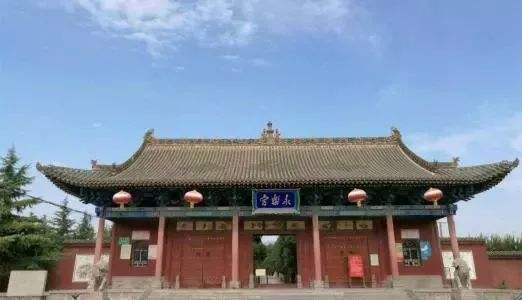The Shanghai Cust
5 min readEvery day the bell tones coming fouse building could be heard resounding throughout the Bund,and from its first day of ope fthe daily life of Shanghai local people. The Customs House clock tower was of the same family as London’s Big Ben, and at the time it was the largest in Asia and the third largest in the world. Exactly on each hour, a loaded spring would trigger a large hammer, whose sonorous ringing would be amplified by 39 loud-speakers distributed around all four sides of the tower carrying its sound across the sky.
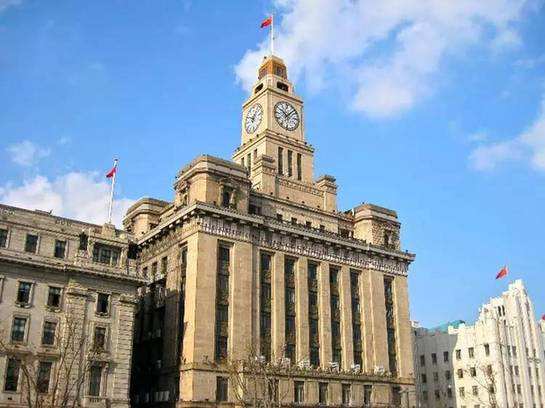
The Customs House Building at night In the 1860s, the Bund really began to take shape. Along with the gradual growth of Shanghaiasa metropolitan, the Bund’s cultural landscape was also undergoing constant change. The 1920s to 1930s were its golden age, when the Bund finally became a public entertainment space for the leisure of for-eign expatriates, tourists, and local Shanghainese.
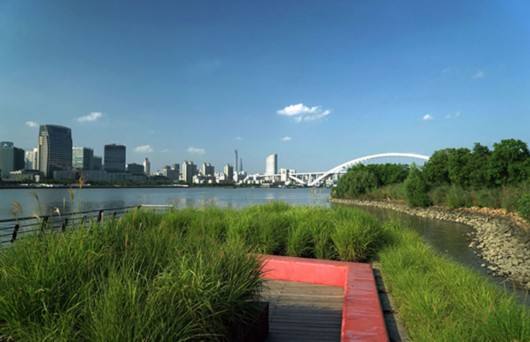
The transformation of the ace began from the Public Park by the side of the Huangpu River and at the mouth of Suzhou Creek The park was founded in 1868 and became the first in Shanghai.
The park was done in a natural British landscap htall, large trees and a walking path, along with large lawns to the north and south. In the middle of the lawn were an iron music pavilion, and every summer saw bands playing music fort railings, with a small fountain sitting at the entrance. The 1930s saw the rebuilding of the park, decorated by over 7,000 tulips.
The Shanghai Club began use in 1910
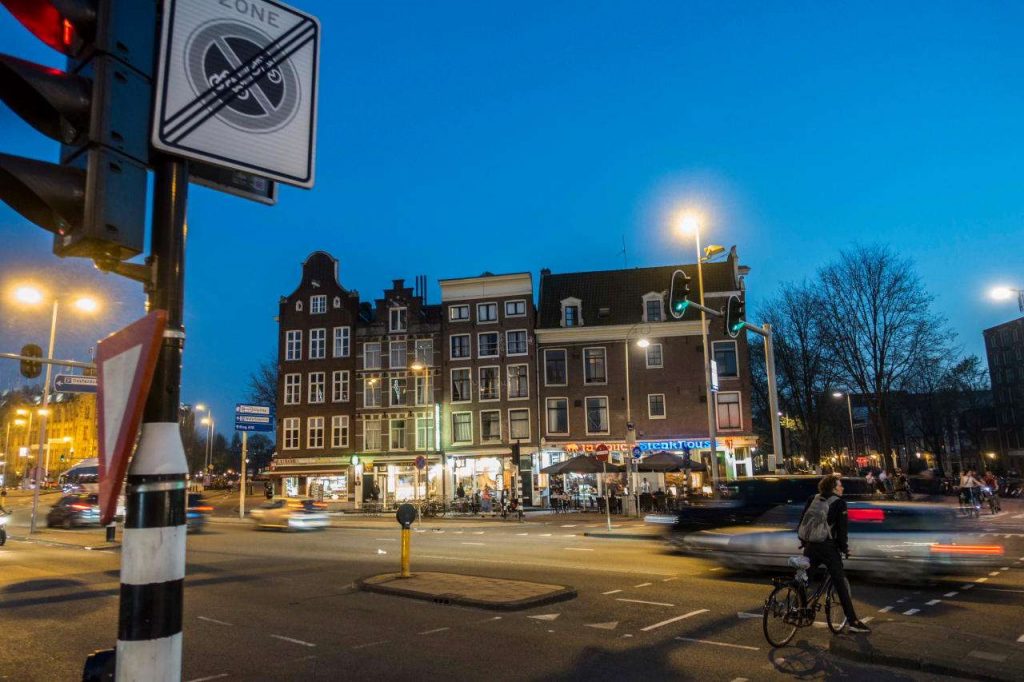
The Shanghai Club, also known as the Royal Association or the British Association, was one for the British nation-als in Shanghai. It was also the first club for the Westerners in Shanghai. Many of Shanghai’s important activities were organized by or held in the Association. The interior style is similar to the Imperial Hotel in Japan, and this wasthe most luxurious club on the Bund, even in Shanghai. It was also known as “The London in the East”.
The Shanghai Club Building of the 1990s Between the 1960s and 1970s, the club was renamed “East Wind Hotel.” In the 1980s, the American fast food brand the second floor of the Shanghai Club Building. In the summer of the Shanghai Club Building, presenting the world a new image rom the 1920s to the 1940s, the Bund underwent its third phase of development. High-rise buildings began going up one after another, including HSBC, Shanghai Customs House, the Sassoon Building, the Bank of China and many more. The new buildings were large, with high floors and concise form in the architectural style of the modernists. The buildings added a splendid final touch to the for-mation of the Bund’s overall atmosphere of cosmopolitan architecture.
North China Daily News Building in 1902 The newly completed North China Daily News Building in 1924 The “North China Daily News” was the longest-running and most influential foreign language newspaper in China.
Herald”, founded in 1850 by English businessman Henry Shearman. In 1864, the paper’s supplement”Shipping Busi-ness Daily”became”North China Daily News”. The newspaper also purchased daily telegraphic dispatches from the news agencies in the world, ensuring fast, detailed and accurate coverage of new developments. In 1902, the”North
China Daily News”moved into building No. 17 on the Bund.
Exterior of the American International Assurance office building (formerly the North China Daily News Building) John Dewey in group photo with Shi Liangcai and others at the “Shanghai News”(Shen Pao) In the afternoon of April 30, 1919, Dewey, accompanied by his wife Alice and daughter Lucy, rode on a Japanese cruiser Kumano-Maru into Shanghai. They were greeted that day with his students Hu Shi, Tao Hangzhi and Jiang Menglin whom he had not met for a long time. The pier that Dewey arrived at is now a bustling center of international travel and commerce.to Shanghai after its port opened for trade in 1843, including several invest-ment banks. The first bank to open was the Oriental Bank a British firm, followed by Agra and UnitedService, Huilong, Macquarie, and other British businesses on the Bund. Thereafter, France, Germany,among which, Japan, Holland, Belgium, and other nations also opened their banks on the Bund,America, Russia, JIong Kong and Shanghai Banking Corporation(HSBC)had the largest capital and was considered most influential. At the same time as these foreign banks were setting up shop,Chinese state banks such as the Bank of Communications, Bank of China, and the Central Bank of then Nationalist government all opened head their offices in Shanghai. By 1949, the Bund and its nearby surroundings housed a total of 159 banks and trust companies.Widling on the Bund, the Oriental Bank was con-structed towards the end of the 1860s.
Based in India, the Oriental Bank, formerly known as the Bank of Western India, was chartered by the British gov-ernment. In 1845, the on and set up a branchin Hong Kong. In 1847, a branch was set up in Shanghai, becoming the first foreign investment bank in the city. In its early years in China, the bank’s main service wasin remittance al buying and se ling of bank dratts and acting as the intermediary between buyers and sellers. The bank went out of business in 1892, the result of careless lending practices and poor investments.
The Russo-Chinese Bank, constructed in 1902 , Russia and France formed the Russo-Chinese Bank as a joint venture, which lent money to the Qing govern-ment and issued government bonds for China’s indemnity to Japan after the First Sino-Japanese War. This became the first bank in China in modern times and the only one that did business with the Qing government. This building has an excellent likene rand Trianon Palace in Versailles, and was Shanghai’s first structure that was comparable
beauty with European stas or cesign materna . Asa financial institution, the Russo-Chinese Bank represented Russian interests in China. The osed its doors in 1926 as a result oult of losses sustained in security trading, and the building was subsequently used by the Central Bank of the Nationalist government.
